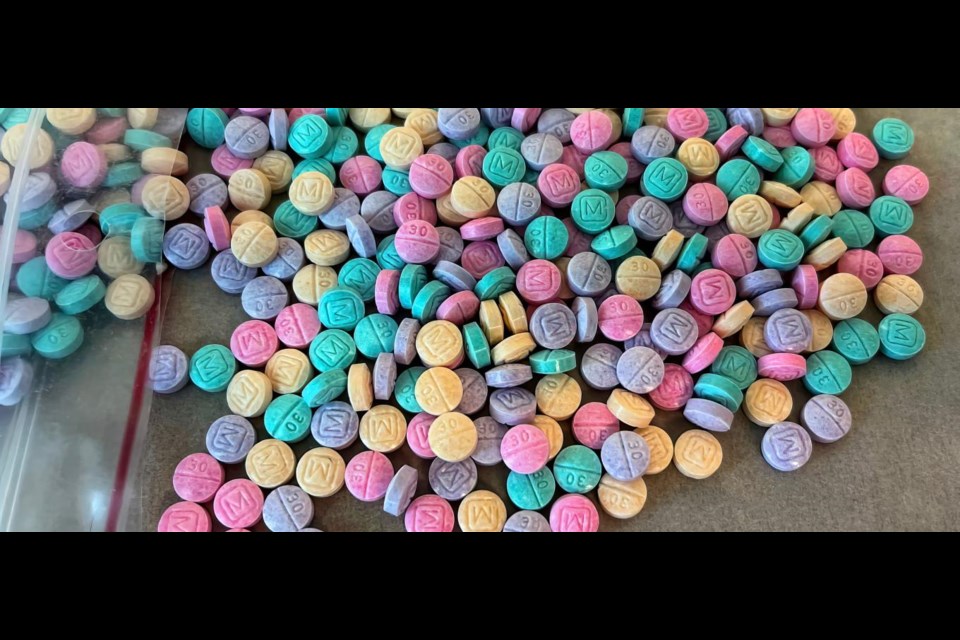Walk the aisle of any local box or grocery store and sights of pumpkins, ghosts and Halloween candy can be seen in each direction. Along with these indicators of the season come horrifying tales.
Each year since the 1970s parents have feared letting their children eat Halloween candy without close inspection first. This is because each year a new myth about strangers targeting children with drugs, poisons or razor blades has circled through the media and social circles.
This year is no different.
In August, Drug Enforcement Administration Administrator Anne Milgram issued a warning that drug dealers are marketing rainbow-colored fentanyl pills to kids and young adults.
“Rainbow fentanyl—fentanyl pills and powder that come in a variety of bright colors, shapes, and sizes—is a deliberate effort by drug traffickers to drive addiction amongst kids and young adults,” said DEA Administrator Anne Milgram. “The men and women of the DEA are relentlessly working to stop the trafficking of rainbow fentanyl and defeat the Mexican drug cartels that are responsible for the vast majority of the fentanyl that is being trafficked in the United States.”
Fentanyl is a synthetic opioid that is 50 times more potent than heroin and 100 times more potent than morphine.
The announcement has made its rounds on social media with several people warning others to watch their children's Halloween candy for the extremely deadly drug.
While it is true that fentanyl was the number one cause of overdose deaths in 2021, it doesn’t mean drug dealers are handing it out for Halloween.
Police Chief Jeff Satur said trick-or-treaters are more likely to get hit by a car than receive fentanyl in their treat bags.
Satur said other nearby law enforcement agencies have seized the rainbow pills but none have been seen in or Longmont thus far.
“I don’t believe there a lot of people in town who would target children with pills. Could it happen? Yes, but I don’t feel like Longmont is that kind of community,” Satur said.
So where did the rumor of dangerous candy begin?
In the 1970s, a young man, Kevin Toston, from Detroit, suddenly died. His parents first believed and stated that heroin sprinkled over his Halloween candy caused his death. An investigation revealed that the boy had ingested a heroin capsule at his uncle’s house.
Later that decade, another young man, Timothy O'Brien died after consuming Pixie Stix. It was later determined that the Pixie Stix had been laced with cyanide by his father who set up a scheme to murder his son and collect on the boy’s life insurance after the father found himself in great debt.
Satur suggests parents who are still concerned about the possibility of discovering drugs in treat bags on Halloween night find safe alternatives to trick-or-treating, such as the Longmont Halloween Parade.
He also suggests that parents ensure treats are in their original containers.
As he mentioned previously, children are more likely to get hit by a car and emphasized that children should wear reflective clothing and carry flashlights to be seen by traffic.
Should parents suspect that a piece of candy is actually fentanyl or another drug, Satur said they should put on gloves to handle it. Then they should place into two plastic bags and take it to the Longmont Police Department, located at 225 Kimbark St. On the first floor — between the double doors — residents will find a drug disposal bin where any drugs can be dropped off at any time.
An official Drug Take Back day will be hosted by the police department on Oct. 29.

.jpg;w=120;h=80;mode=crop)

